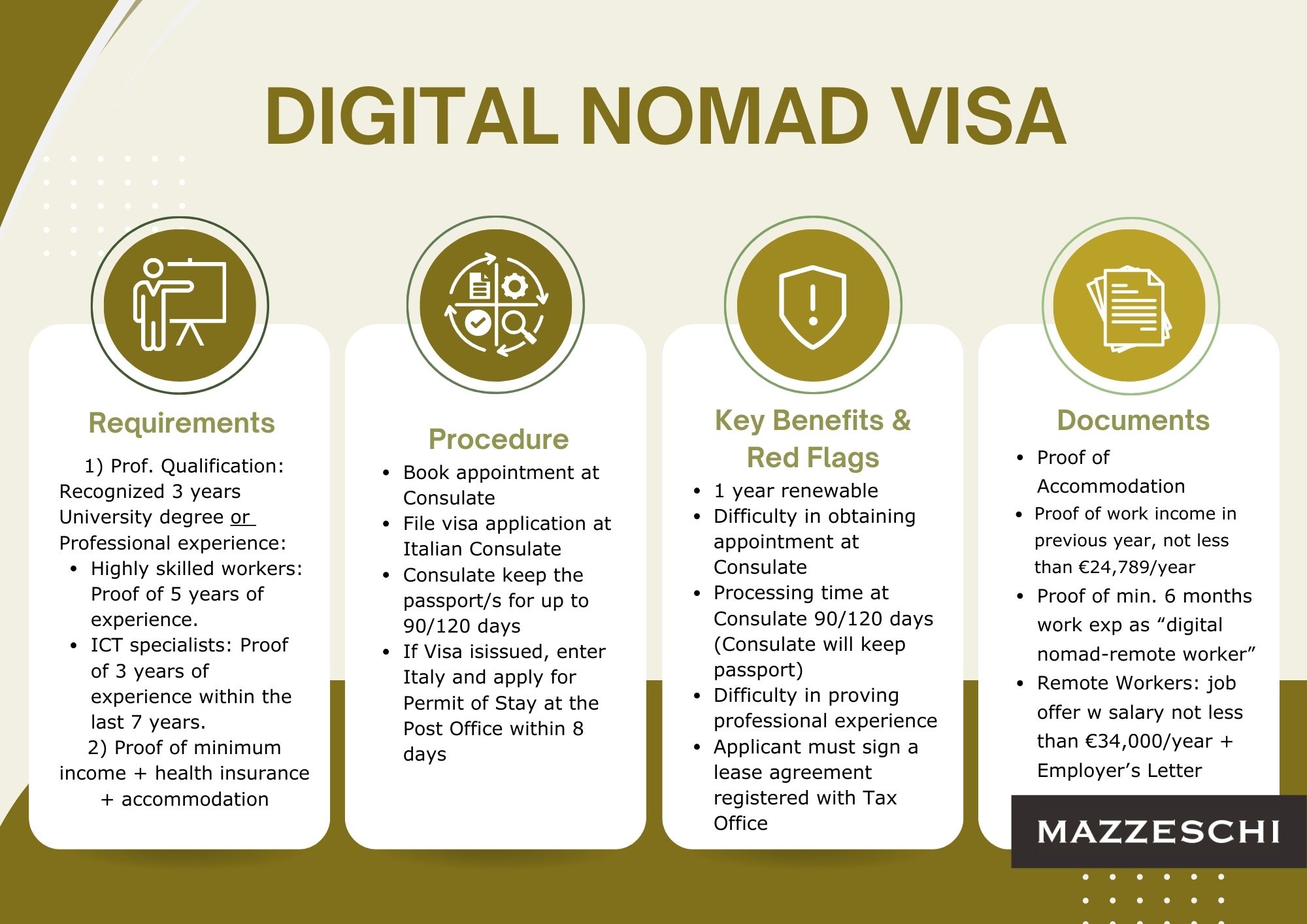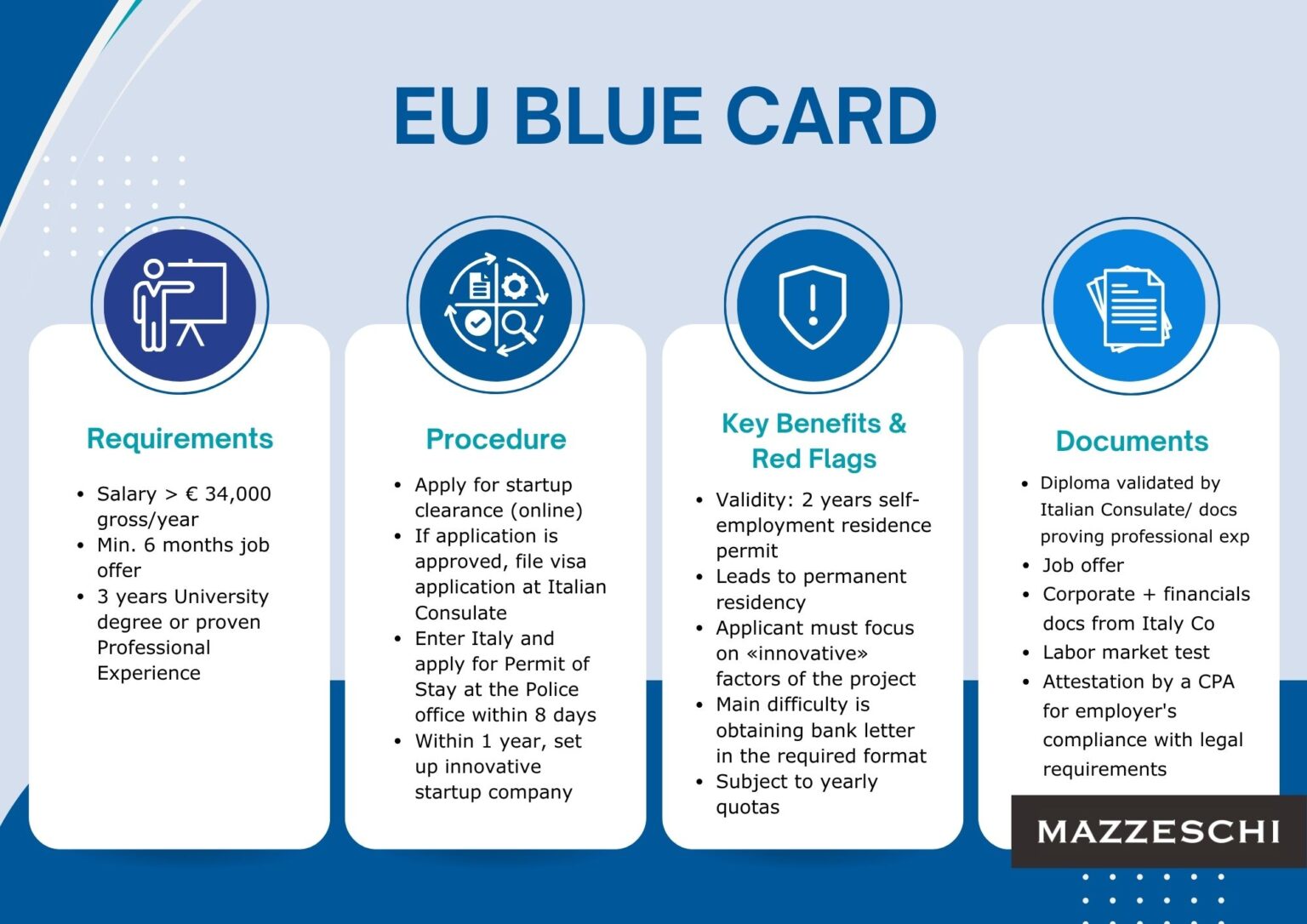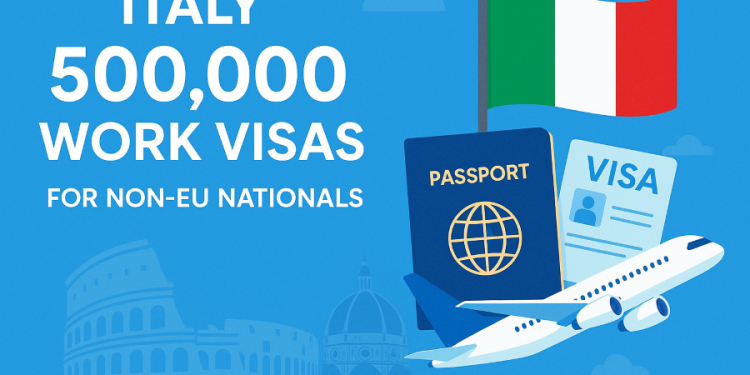- Italy to issue 497,550 work visas to non-EU nationals from 2026–2028 — its largest visa push ever.
- Aimed at tackling labour shortages in agriculture, caregiving, tourism, logistics, and construction.
- Not for white-collar roles — the focus is on blue-collar and seasonal workers.
- Don’t fall for influencer hype — this is not a “get a visa and work in Milan as a corporate analyst” situation.
Who is this for? Mostly blue-collar workers
Italy’s new quota under the “Decreto Flussi scheme” is heavily skewed toward seasonal and semi-skilled labour.
Roles expected to be in high demand include:
- Agricultural workers
- Hotel and restaurant staff
- Construction laborers
- Caregivers and domestic workers
- Truck drivers and warehouse assistants
In 2026 alone, 164,850 work visas will be granted.
The rest will be distributed through 2027 and 2028, with detailed breakdowns to follow in the annual decrees.
This is a continuation of Italy’s ongoing reliance on legal migration to support its economy.
Between 2023 and 2025, more than 450,000 visas were issued, and for 2025 alone, the cap was increased to 181,000, the highest in recent years.
Who can apply?
Italy prioritises workers from countries that have bilateral labour agreements.
These include: India, Bangladesh, Egypt, Morocco, Tunisia, Albania, the Philippines, and others.
But applicants cannot apply directly:
- They need an Italian employer to sponsor them,
- and applications must be submitted during limited “click days” announced annually by the Ministry of Interior.
Not for white-collar professionals
| Visa Type | Role Focus | Included in New Quotas? |
|---|
| Decreto Flussi (2026–28) | Mostly blue-collar | Yes |
| Digital Nomad Visa | Remote tech/creative | No |
| EU Blue Card | Skilled white-collar | No |
| Study/Research/ICT | Academic/professional | No |
If you’re a finance, tech, consulting, or tax professional, this visa wave likely doesn’t apply to you.
Instead, Italy offers separate pathways for skilled workers
Digital Nomad Visa
Launched in April 2024, this visa allows remote professionals in tech, marketing, finance, and creative fields to live and work in Italy.
- Minimum income: €28,000–30,000
- Must be “highly qualified” and have 6+ months’ experience
- Includes family reunification and a one-year renewable stay

EU Blue Card
Targeted at highly skilled professionals (engineers, finance, IT, healthcare), this visa requires:
- A formal job offer from an Italian employer
- Salary of at least ~€34,000/year
- University degree or 5+ years of experience in your field

Intra-Company Transfer Visas
Applicable to professionals moving to Italian branches of multinationals, including Big 4 and consulting firms.
Why this matters
Italy is among the fastest-ageing countries in Europe, with a plunging birth rate and a shrinking local workforce.
To sustain its economy, it’s being forced to rethink its immigration policies.
In 2024, several illegal visa rackets were exposed, with some organized groups reportedly charging up to €15,000 per permit.
In response, the 2025 reforms were introduced:
- Mandatory biometric fingerprinting
- Employer verification within 7 days
- Digital documentation and e-signatures
By significantly raising legal migration quotas while simultaneously cracking down on fraud, the Meloni government is signaling that “legal, structured migration” is the way forward.














